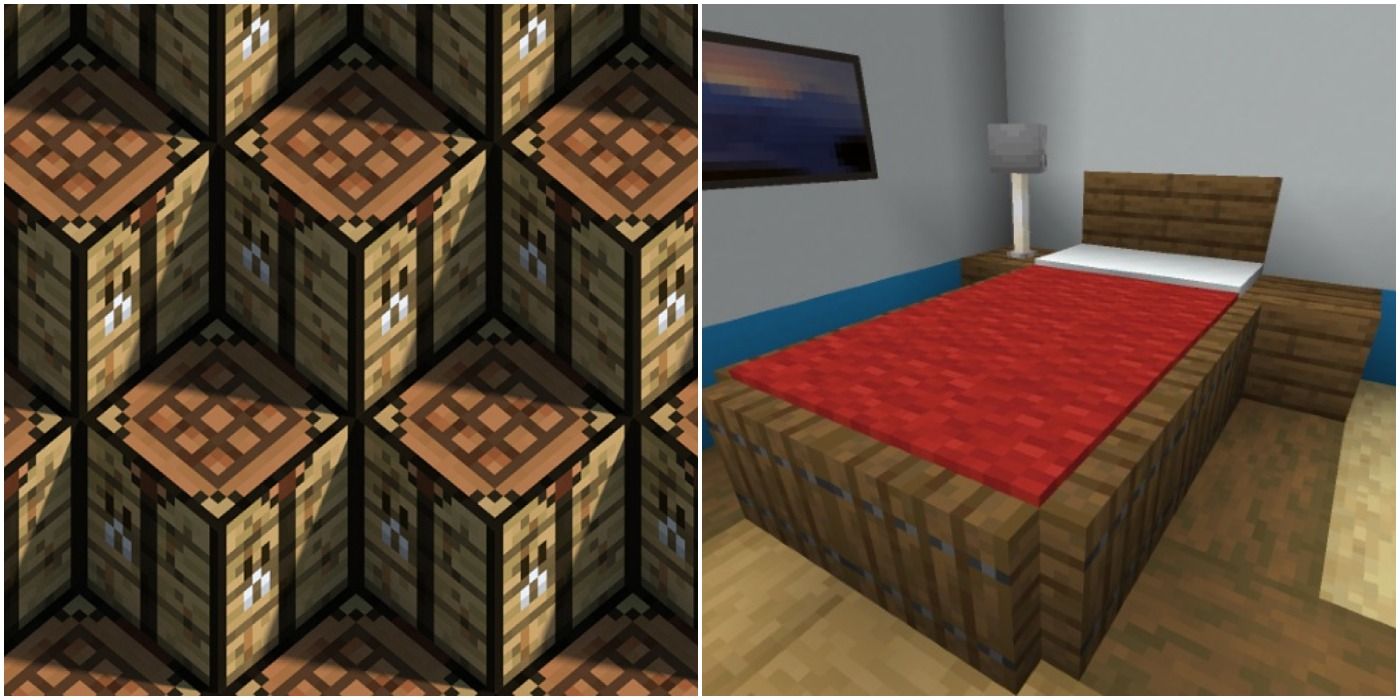Crafting tables in Minecraft is the first step in opening the world of possibilities the game provides. With crafting tables, players can create tools, change colors of materials, and build architectural structures all from the small block. The purpose of a crafting table is to provide a centralized hub for recipes and blueprints, so players can build whatever they want, wherever they want.
Since their addition to the game, they've become an iconic symbol of Minecraft. This is because they've come to represent the infinite possibilities of Minecraft. Crafting tables are like a workers' workbench to Minecraft players, and they've gone through some interesting changes over the years.
Slow Introduction
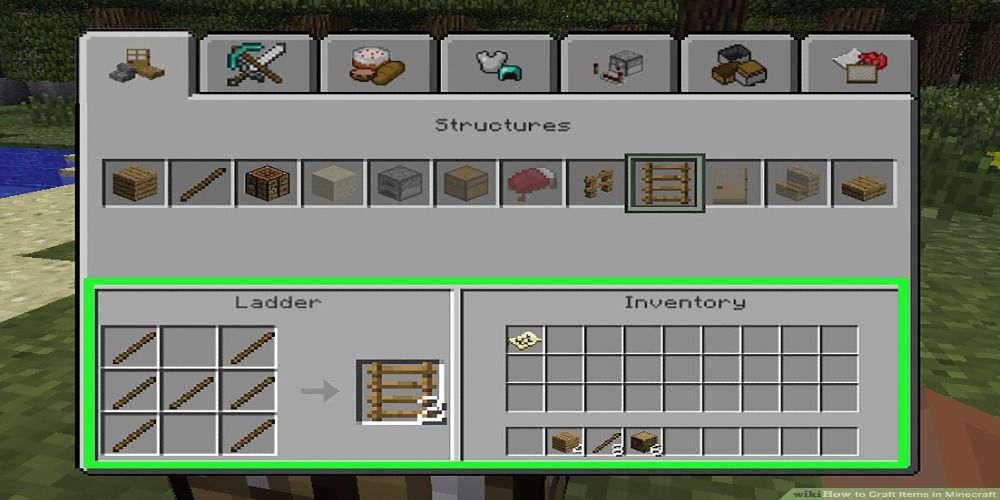
In the earliest versions of Minecraft, crafting wasn't even a thing. Players could break blocks and place others but there was no need to open up a crafting menu on a specific block like a crafting table or anvil.
In the first versions of Minecraft, players could pull up a crafting menu from thin air to craft things without recipes readily available. It took a total of 258 days from the first release of Minecraft to add crafting and crafting tables, as this feature was introduced on January 29, 2010.
Workbench

In the early days of Minecraft, crafting tables weren't called crafting tables. Their official name was actually "workbench." This was a more literal approach to naming them, as all the tools needed to get building jobs done could be found on the sides of the workbench. This is why they appear the way they do in earlier builds of the game as opposed to their looks now.
Since 2017, the textures of crafting tables/workbenches have changed four times, varying slightly each time. The changes just seem to be the prominence of the tools hanging from the table like the saw and hammer. Other than that, the texture changes aren't noticeable for the average player.
Found In Nature
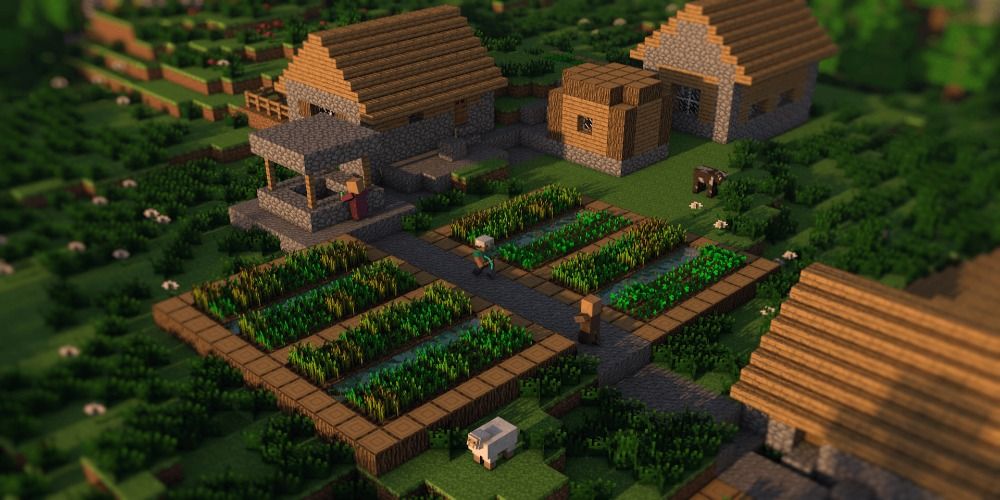
Normally crafting tables have to be created from wood planks but there're actually certain spots that they spawn naturally. One obvious place is in villages. Villagers have crafting tables and other utility blocks all over their villages, that also help them assume their jobs.
On top of villages, players can find crafting tables in witch huts, igloos, and libraries. The placement of these crafting tables has lore implications for the world of Minecraft and helps the world feel alive, full of other life other than the player.
Alternative Uses
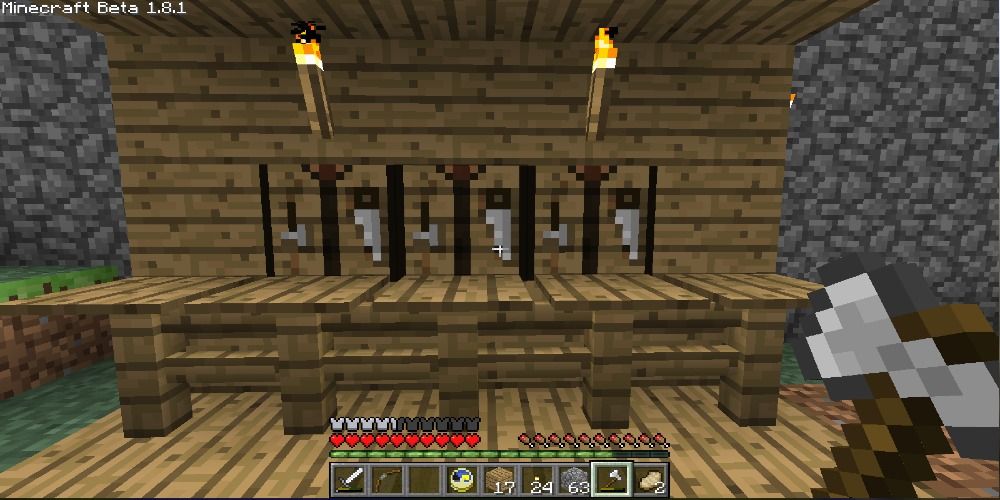
Generally, crafting tables are used for what their name implies. On top of this, they have other utility in the world of Minecraft. For example, players can burn crafting tables in a furnace as fuel. This really should be a last resort option since coal and lava work so much better, but they burn longer than regular wood blocks. Specifically, they smelt 1.5 items per table.
Crafting tables are also good starting points for repairing items. Weapons, tools, and armor can be repaired by placing two of the same item side by side in the crafting menu. This grants a repair with the sum of both items' durability, with a 5% bonus. The biggest downside is that any enchantments will be nullified from the items after they're repaired.
Lost Abilities
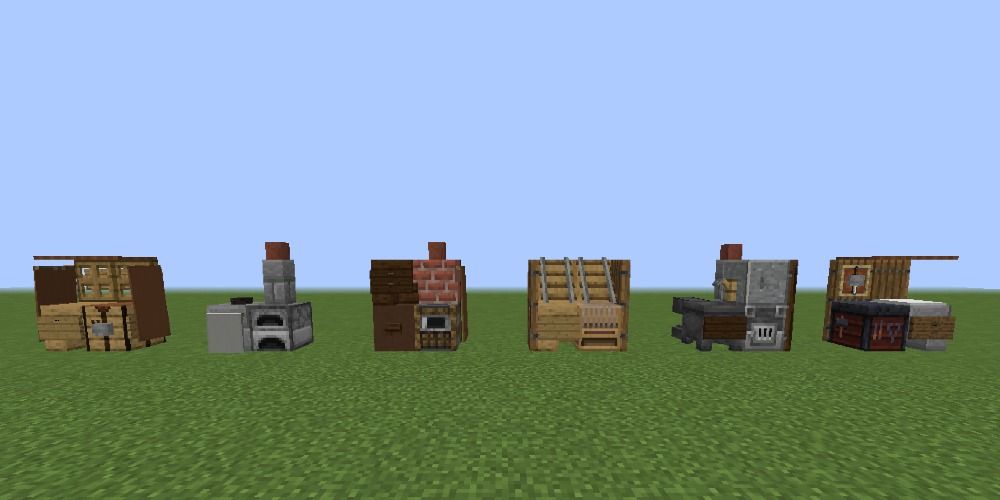
When they were first introduced, crafting tables were the be-all and end-all in terms of crafting and utility. As the game grew and new capabilities and options were added, the crafting table started to lose its universal powers. For example, when looms were added to the game, crafting tables lost their ability to dye banners.
Another example is that crafting tables aren't the standard for repairing items anymore. They cost players enchantments, take more resources, and don't guarantee full repairs if someone isn't careful. Players are more incentivized to use anvils than crafting tables as the above issues aren't true for anvils. These are just a few examples of why crafting tables aren't as useful as they used to be in Minecraft.
Note Blocks
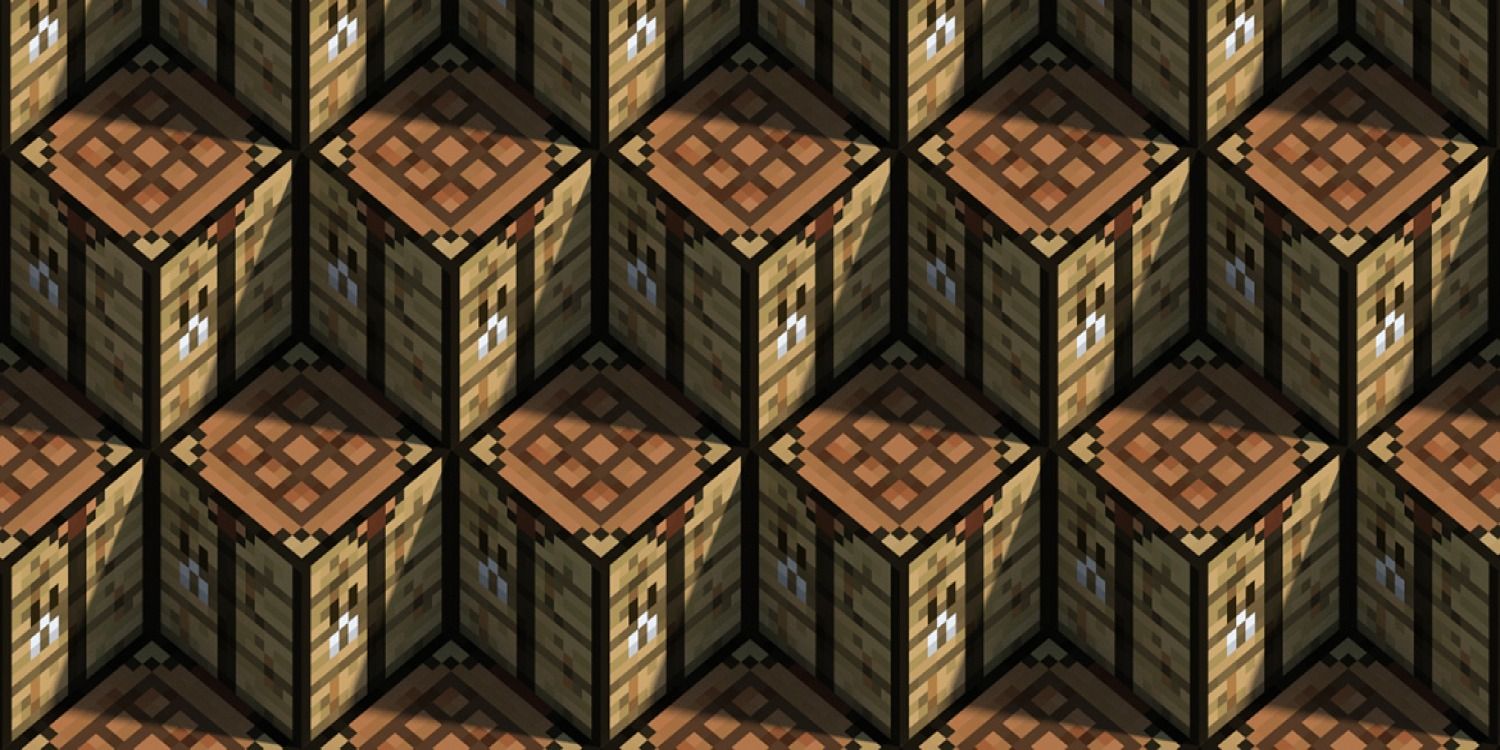
Note blocks can be placed on different surfaces to produce unique sounds. For example, putting a note block on top of wool plays notes from a guitar. Crafting tables produce sounds from the same instruments as other blocks of wood, specifically a string bass.
On top of producing the string bass sounds, certain notes have different properties when used on crafting tables, making for unique sounds. Some players have gone so far as to make whole songs with note blocks that are just as musically accurate as if they were played with real instruments.
Distant Cousin
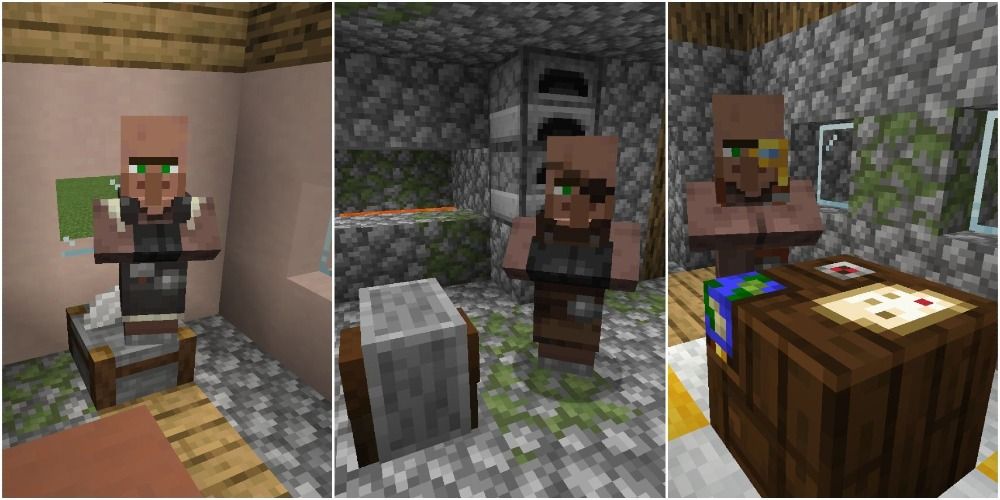
Just like the crafting table, other blocks have gone through different looks and purposes over the years of Minecraft, and the smithing table is a great example of this. Smithing tables don't have a lot of usages, but they used to look just like the crafting table in their early days. Developers changed the look to avoid confusion, and also make it more clear when assigning roles to villagers with smithing tables.
Smithing tables are used to upgrade diamond equipment to netherite, which makes it more durable and effective. Other than just looking like crafting tables, they also share a lot of similar properties with them. This includes how they burn in furnaces, how long they take to breakdown, and the sounds made when placed under a note block.
Knowledge Books
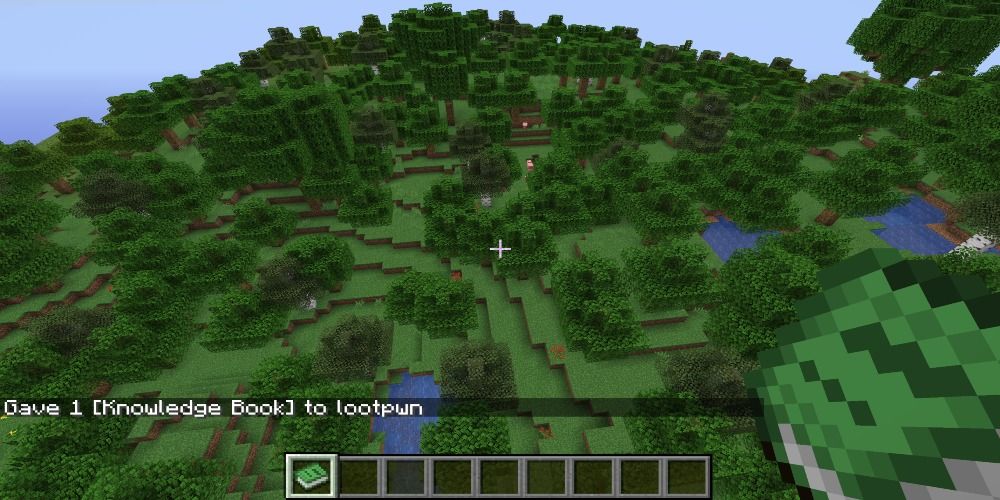
Knowledge books can only be obtained using commands, so they can't be used in modes like survival or adventure, but they reveal recipes in their recipe book. The recipes that become available are the only ones that players can use at the moment so they make playing and building easier.
This feature is restricted to the Java edition of Minecraft because commands aren't available in other versions of the game. Players can also combine this command with changing game rules in certain worlds to manipulate how recipes are learned and which ones are available at certain times.
Stonecutter Exclusive
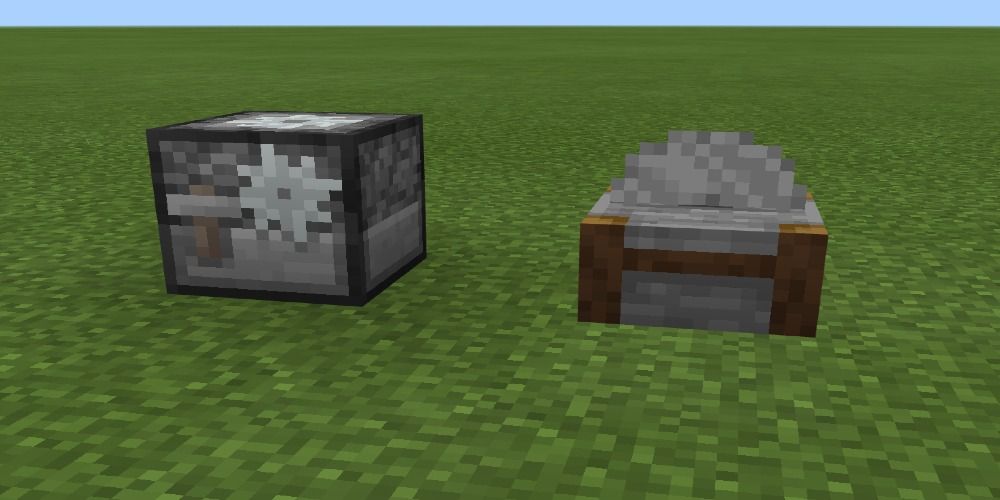
In the Pocket Edition of Minecraft, stonecutters were used to craft all stone type blocks instead of a crafting table. This was an interesting choice because crafting tables can do all the things stone cutters can do. Stonecutters are exclusive to the Pocket Edition and it's curious as to why.
The biggest probability is that the Pocket Edition has a lot of limitations when compared to other editions of the game. Movement is restricted and certain menus are optimized for ease of use, with few options to clutter the screen. Stonecutters were probably used to limit what players had to juggle in multiple pages of crafting menus.
Crafting Beds
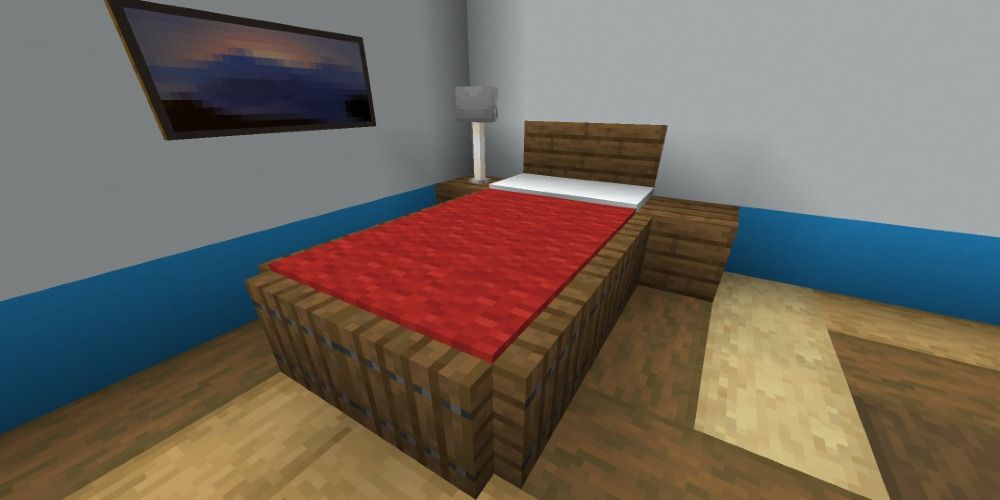
In certain editions of the game, players could use different types of wool and wood to craft a bed and they didn't have to match. This meant at the time, there were six types of wood and 16 types of wool to mix and match in the 3X2 arrangement to craft a bed. When totaled up, this means there were 884,736 ways to craft a bed in Minecraft.
In early 2017, bed colors were added, and players could no longer mix and match colors of wool since that would influence the color of the bed. Players can still mix wood planks though, so that leaves a lot of possibilities on the table as well for crafting beds.

